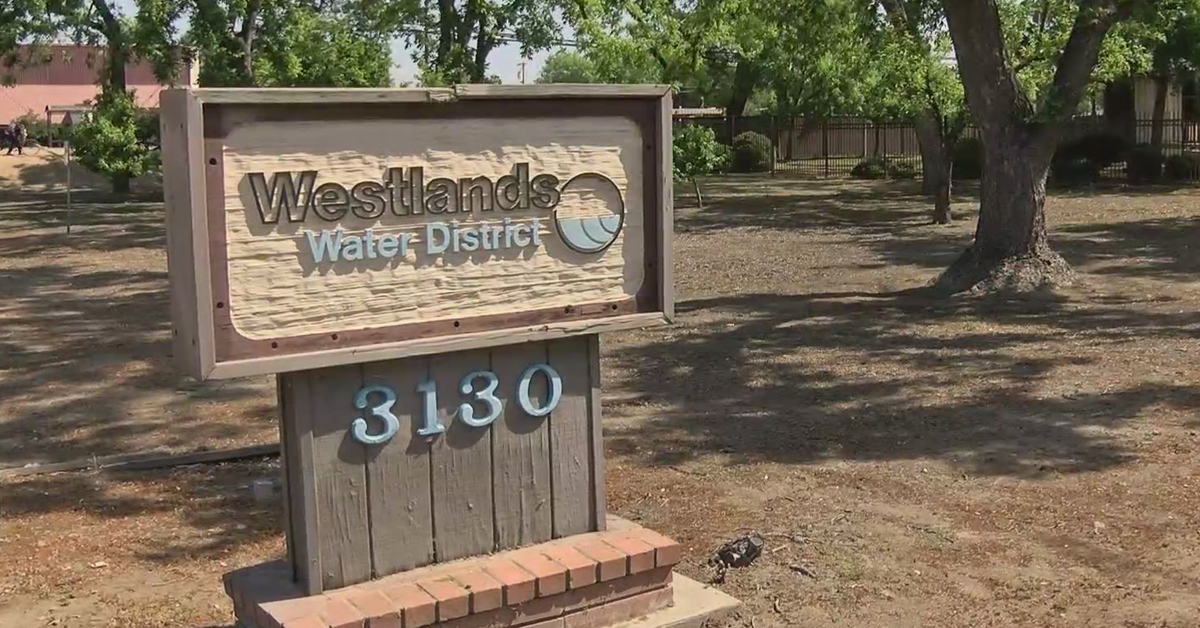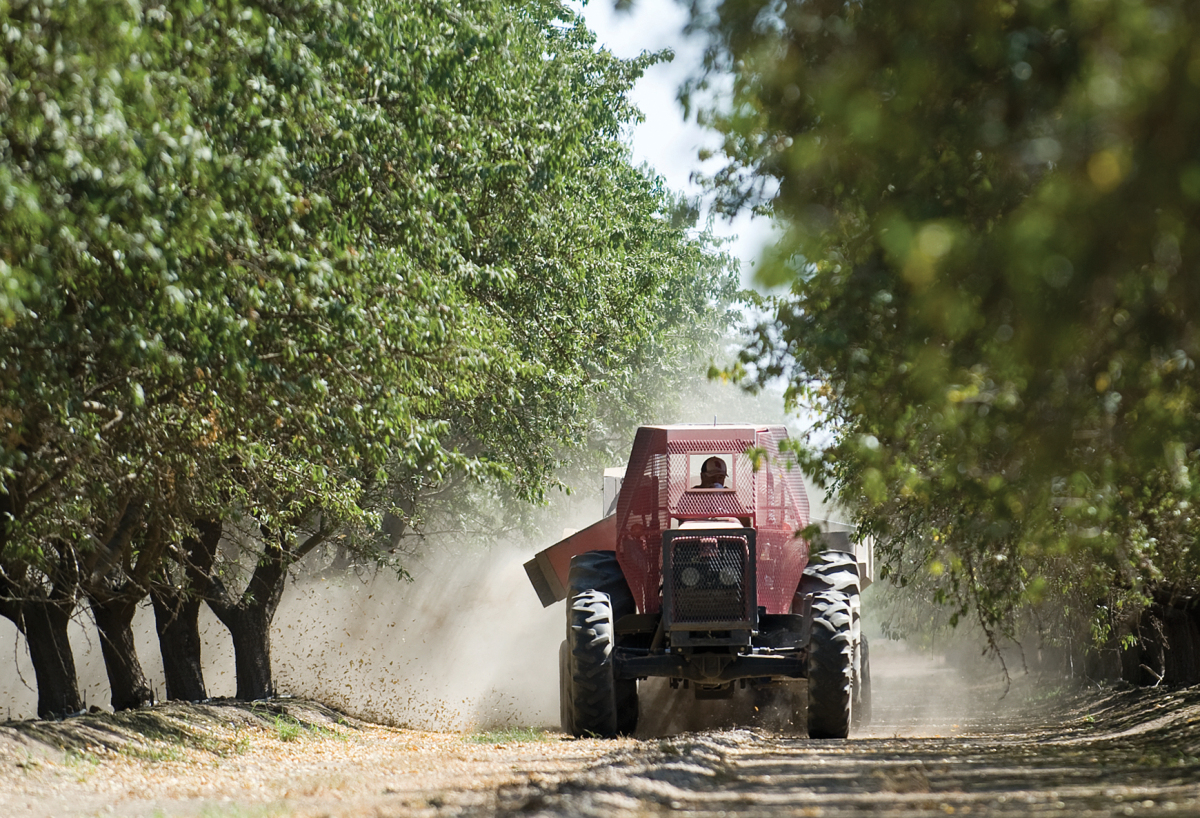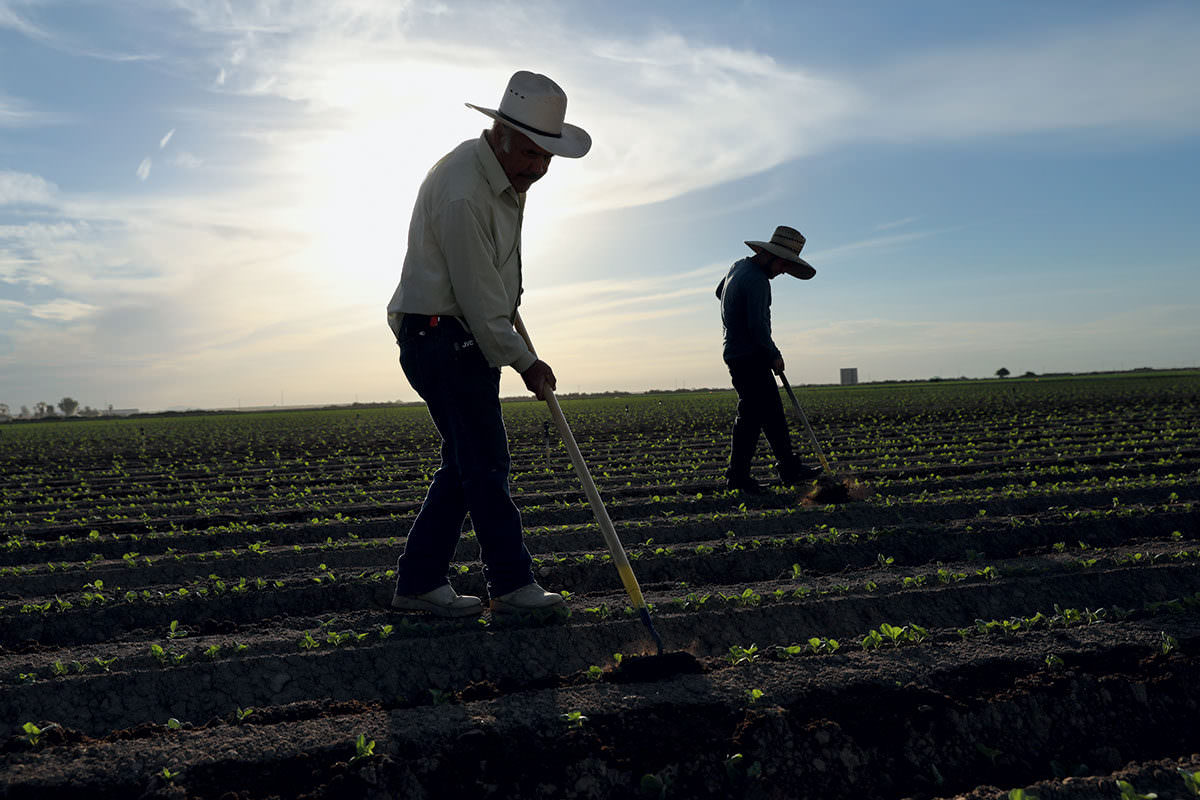If California sees its environmental goals get met, does it really matter who contributed to the success?
Among certain environmental groups, the answer can be boiled down to a single word: “It depends.”
Or, in the the case of a long-standing project by the state’s largest agricultural water district, the powerful Westlands Water District, the answer is a bit longer: “Yes, and no good deed goes unpunished.”
The district faces a skirmish with environmental advocates over an effort to strengthen and restore fish habitat within the Sacramento-San Joaquin Delta – including the oft-maligned Delta smelt – in support of long-term goals laid out by California regulators.
Now, two years after Westlands completed the restoration, environmentalists are seeking to dispute the work and effectiveness of habitat restoration sought by state regulators and tamper with the bottom line for the water agency.
A 15-year Delta slog
In 2007, Westlands acquired roughly 2,100 acres of cattle pastureland in the lower portion of the historic Yolo Ranch to revert to tidal marshland in pursuit of habitat restoration for native fish species in the Delta region.
The project has been attached to most of the Golden State’s various ambitious water programs, with much of its success being derived from the state’s Cal EcoRestore program.
The 2015 initiative sought to restore 30,000 acres of habitat within the Delta region.
“[Lower Yolo Ranch] has been identified numerous time in official state documents, by individual entities who are doing research and reporting that essentially, this is a very high-priority restoration project and it is in a very critical location to” Delta Smelt and Chinook salmon, said Shelly Cartwright, Westlands’ deputy general manager for external affairs.
Shortly after acquiring the land in 2007, Westlands sought permitting and design approval on the project.
In 2020, thirteen years after acquiring the 2,100 acres of land in Yolo County, the water agency completed its work on restoring fish habitat.
Dollars and sense
With work completed on their parcel, the new habitat is ultimately set to be transferred to the State of California, with Westlands due to earn $23,815 per acre credited as being restored habitat.
The land credits have become a bone of contention by environmental advocates who argued that only a quarter of the acreage should be deemed restored.
In July, a letter from a bevy of environmental groups – led by the Natural Resources Defense Council and Sierra Club – called on California’s Department of Water Resources to “rescind any funding from Proposition 1” dedicated for Westlands’ Lower Yolo Tidal Marsh restoration project.
Westlands, for its part, notes that its habitat restoration project faced no pushback from the same environmental groups during its design review process or during lengthy environmental review and permitting procedures.
Similarly, the Fresno-based water agency faced no opposition when a multi-agency panel, comprised of the California Department of Fish and Wildlife, U.S. Department of Fish and Wildlife, National Marine Fisheries Service, and U.S. Bureau of Reclamation – issued its initial crediting letter for the project, which would see Westlands earn roughly $40 million upon completion and transfer.
Westlands also isn’t in line to receive Prop. 1 funding as claimed by environmental activists, the district notes.
A Hail Mary to muddle funding
The timing of the push by America’s two largest environmental lobbies against Westlands’ project is no mere coincidence.
Determining how many acres are considered part of the final project before the land is transferred to the State of California has major reimbursement implications for Westlands’ work, which totals into the tens of millions on this project alone.
District officials are awaiting the final determination from that multi-agency review team, known as the “FAST” Team, or Fishery Agency Strategy Team.
However, since completing construction in 2020, the Lower Yolo Ranch project underwent post-construction review to determine if its engineers had followed design requirements as directed at the outset of the project.
Additionally, government officials surveyed whether the project was functioning in accordance with its design.
One year post-construction, it appears that the project is already producing encouraging results, undercutting environmentalist claims of the habitat’s effectiveness.
“Although one year is not indicative of future success, the California Department of Fish and Wildlife shared with us that the U.S. Fish and Wildlife collected larvae for delta smelt inside the restoration complex this past year,” Cartwright said. “And these larvae are actually much larger than any other than they collected in the Delta.”
She noted that larvae in the Lower Yolo Ranch habitat measured between 20 to 23 millimeters, whereas other samples found in Delta collections measured at a mere eight to 14 millimeters.
“They already have these larvae smelt and the fact the Delta smelt were much larger than they saw elsewhere was a very promising result,” she said.
“It’s indicative of the fact that this was such a crucial project.”











